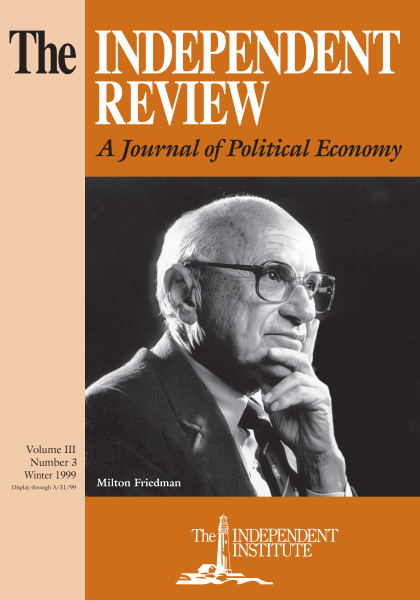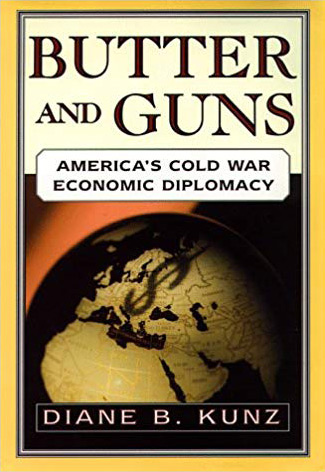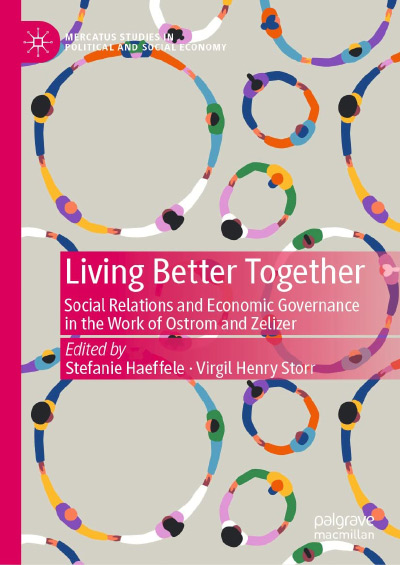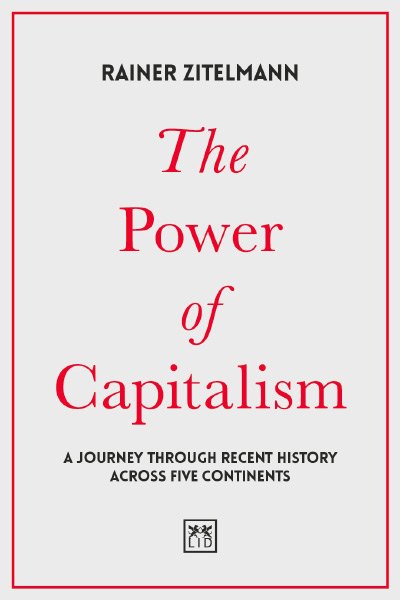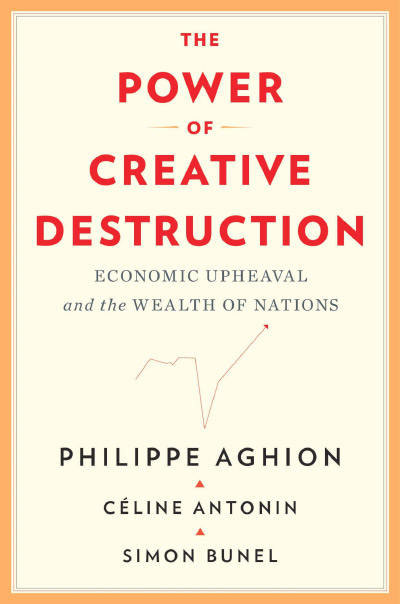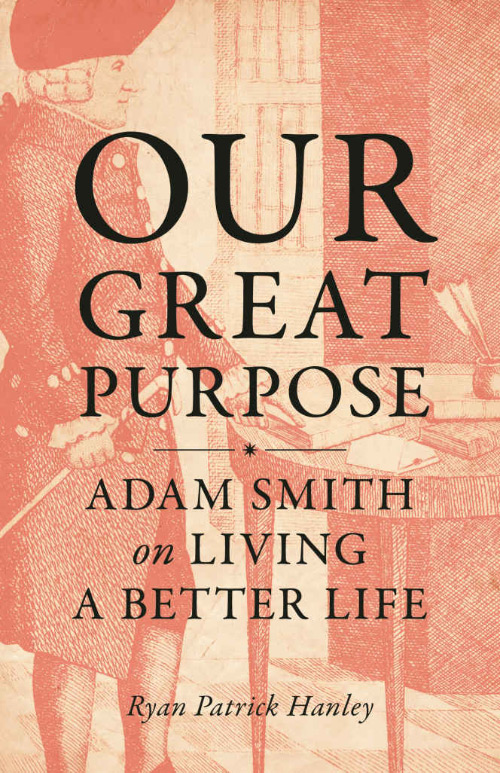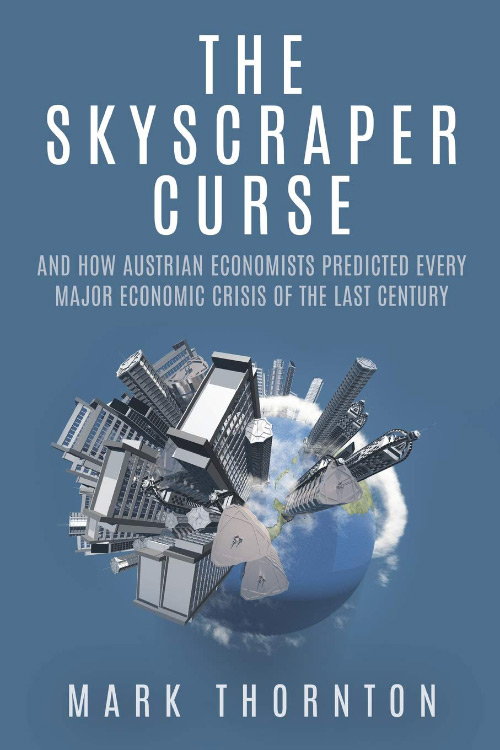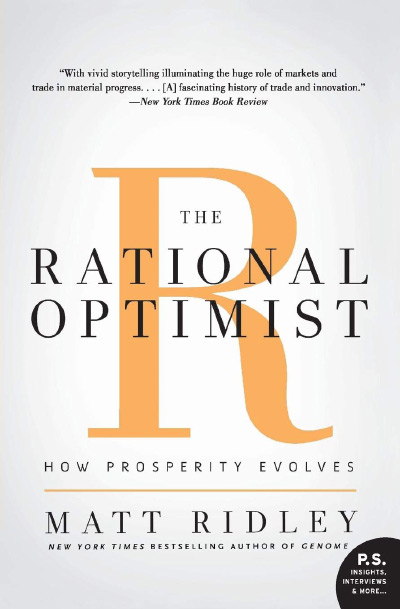Until the early 1970s, post-World War II America experienced a remarkable period of high economic growth rates, rising real incomes, and low inflation. Real gross domestic product (in 1987 dollars) grew from $1,603 billion in 1945 to $2,874 billion in 1970, while real disposable income rose by 55 percent. To what did Americans owe their postwar prosperity? In Butter and Guns: America’s Cold War Economic Diplomacy, Yale University professor of history Diane B. Kunz argues: the defense spending policies of the national security state.
At the outset, Kunz rightly states: “Previous histories of the Cold War have stressed open conflict and diplomacy. It is high time for a new history stressing economics” (p. 2). However, what follows is a study concerned more with diplomacy than with economics. Ironically, that focus is the main strength of the book. Considered as a series of essays in diplomatic history, Butter and Guns makes for a solid study. It is on the level of economic history that Kunz invites criticism.
In relating significant episodes of economic diplomacy in the postwar period, Kunz displays fine narrative skills. Some excellent chapters illustrate her point that America’s position in the international political economy gave it a decided advantage when it came to working out diplomatic arrangements with European allies and third-world nations. The chapter on President Richard M. Nixon’s decision to sacrifice the Bretton Woods international financial regime to save his expansionary domestic economic policies (and help his 1972 reelection bid) is particularly telling. As Kunz demonstrates, the size of America’s economy and military, coupled with the fact that the dollar underpinned the world’s trading and financial systems, enabled America to secure economic concessions diplomatically that no other nation could.
Moreover, her chapters on the 1956 Suez crisis, the Alliance for Progress, and the oil shocks of the 1970s demonstrate her argument that economic sanctions generally fail as weapons of diplomacy. She also ably shows how the Alliance for Progress itself fell far short of its highly touted development goals. In practice it was no more successful than previous, bilateral aid to Latin America. Aimed at ensuring that Latin American governments remained anticommunist and anti-Castro, the program amounted to little more than the Kennedy administration’s bribing governments to maintain a pro-American stance.
If Kunz had limited her argument to these important points, she would have succeeded admirably. However, she advances a principal, overall thesis that goes far beyond the realm of economic diplomacy. Here Kunz promises much more than she delivers, and her argument far outstretches the evidence she presents in support of it.
Kunz asserts that the policy of defense spending that went along with fighting the Cold War was the engine of prosperity that allowed Americans to enjoy an unprecedented standard of living. This in turn allowed America to sustain high levels of military spending and to maintain its commitments across the globe at minimal cost to the American economy. She concludes that “the national security state fathered economic growth at home” (p. 2). Further, she takes President Eisenhower to task for warning Americans about the dangers of the burgeoning military-industrial complex and for his failure to recognize “that it was precisely the American defense spending that he condemned that brought unheard-of prosperity to the United States” (p. 63). Her thesis comports with the popular notion that the wartime command economy produced prosperity. If one believes that the production of war materiel significantly improved American living standards between 1941 and 1945, then it is easy to conclude that national defense spending thereafter paved the way to economic prosperity.
But recent revisionist scholarship has shown that genuine prosperity returned only after the war (see Robert Higgs, “Wartime Prosperity? A Reassessment of the U.S. Economy in the 1940s,” Journal of Economic History 52 [March 1992]: 41-60). And prosperity resumed not because of elevated defense spending, but because markets were allowed to reassert themselves (see Robert Higgs, “Regime Uncertainty: Why the Great Depression Lasted So Long and Why Prosperity Resumed after the War,” Independent Review 1 [Spring 1997]: 561-90). Cold War defense spending was a cost that America could afford as a result of its increasing productive capacity (see Robert Higgs, “The Cold War Economy: Opportunity Costs, Ideology, and the Politics of Crisis,” Explorations in Economic History 31 [July 1994]: 283-312). Despite the revisionist findings, Kunz maintains throughout Butter and Guns that the recycling of tax revenues into defense industries made for consumer prosperity. In this way, she mistakes effect for cause. The national security state was made possible by the huge and growing American economy; it did not cause that economy to be huge and growing.
Kunz might have attempted to demonstrate that Cold War-driven demand made for “rising prosperity for almost all sectors of the economy” (p. 109) and brought “unheard-of prosperity to the United States” (p. 63). To be sure, as she notes, some industries and geographic areas benefited from Cold War spending. However, at no point does Kunz analyze the impact of diverting resources into the military-industrial complex on the economy as a whole or consider how those resources might otherwise have been used. In an era not yet characterized by 1980s-style budget profligacy, the federal government didn’t borrow much against future production. Yet it diverted resources away from any number of productive activities. American industry hardly needed Cold War defense spending to grow.
If military spending indeed “continually primed the pump of the American economy” (p. 63), as Kunz asserts, she might have wondered where the pump-priming dollars came from. What is missing from her analysis is a sensitivity to the notion of opportunity cost. As historians Thomas G. Paterson (On Every Front: The Making and Unmaking of the Cold War, rev. ed. [New York: Norton, 1992]) and Paul Kennedy (The Rise and Fall of the Great Powers: Economic Change and Military Conflict from 1500 to 2000 [New York: Random House, 1987]) have noted, the Cold War saddled America with enormous material costs in terms of forgone socioeconomic well-being, in terms of lost consumer-oriented production, and in terms of overburdened government finances. Moreover, even in the areas of education and infrastructure spending (GI Bills and the interstate highway act), where contemporary liberal economists claim that government spending contributed positively to economic growth, it hardly stands to reason that the Cold War was a prerequisite to such spending. The Cold War did allow America to play a preponderant role in the postwar world, particularly while the economies of Europe and Japan still lay in ruins. Yet the enormous demands that the Cold War placed on the American economy saddled it with costs that became quite apparent by the 1970s. Even NSC-68, the postwar “blueprint” of the national security state, recognized the enormousness of those costs. Kunz does not.
Because Kunz misinterprets the mainsprings of economic growth in the postwar period, she can only lament the passing of the Cold War. Having demonstrated little faith in the workings of free markets, she can only look to the future with a sense of foreboding, as her chapter entitled “Free Trade Forever?” suggests. She concludes, absurdly (but consistently), that “Josef Stalin rescued American fifty years ago” (p. 334) and wonders who is to rescue America now, because “the free market cannot solve every ill” (p. 335).

